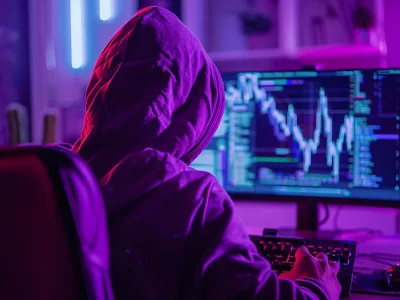The move comes amid an increase in cyberattacks and crypto theft
A new proposal in Congress is reviving an old idea with a modern twist: using government-backed privateers to fight cybercrime and crypto theft. Introduced in August by Arizona Representative David Schweikert, the “Scam Farms Marque and Reprisal Authorization Act of 2025” would allow the US president to grant letters of marque to private contractors. These sanctioned “neo-privateers” would be authorized to pursue, seize, and even detain individuals or groups engaged in cyberattacks against the US.
The bill targets a wide range of digital crimes, including crypto theft, pig butchering scams, ransomware campaigns, identity theft, password trafficking, and the use of malware to compromise computers. Lawmakers argue that such activity represents not just criminal behavior but “acts of war” carried out by organized groups and, in some cases, hostile governments. By tapping private actors, the legislation seeks to expand the nation’s capacity to respond to a growing wave of attacks.
If passed, the initiative could also reshape how seized digital assets are handled. Crypto confiscated during operations could be forfeited to the government and added to the national Bitcoin and crypto reserve. That reserve, created earlier this year by executive order, is only allowed to grow through budget-neutral means or asset seizures.
The financial scale of the threat underscores the urgency behind the bill. More than $142 million in crypto was stolen by hackers in July alone, with total thefts in 2025 already exceeding $3 billion.
Recent law enforcement actions have included the FBI’s Dallas division seizing over 20 Bitcoin valued at $2.3 million from the Chaos ransomware group, as well as Department of Justice operations that recovered $1 million from the BlackSuit gang and $2.8 million from a wallet linked to accused ransomware operator Ianis Aleksandrovich Antropenko.
The proposal marks a bold attempt to merge historical precedent with modern cybersecurity challenges, potentially opening the door to a new era of public-private collaboration in defending US digital infrastructure.

